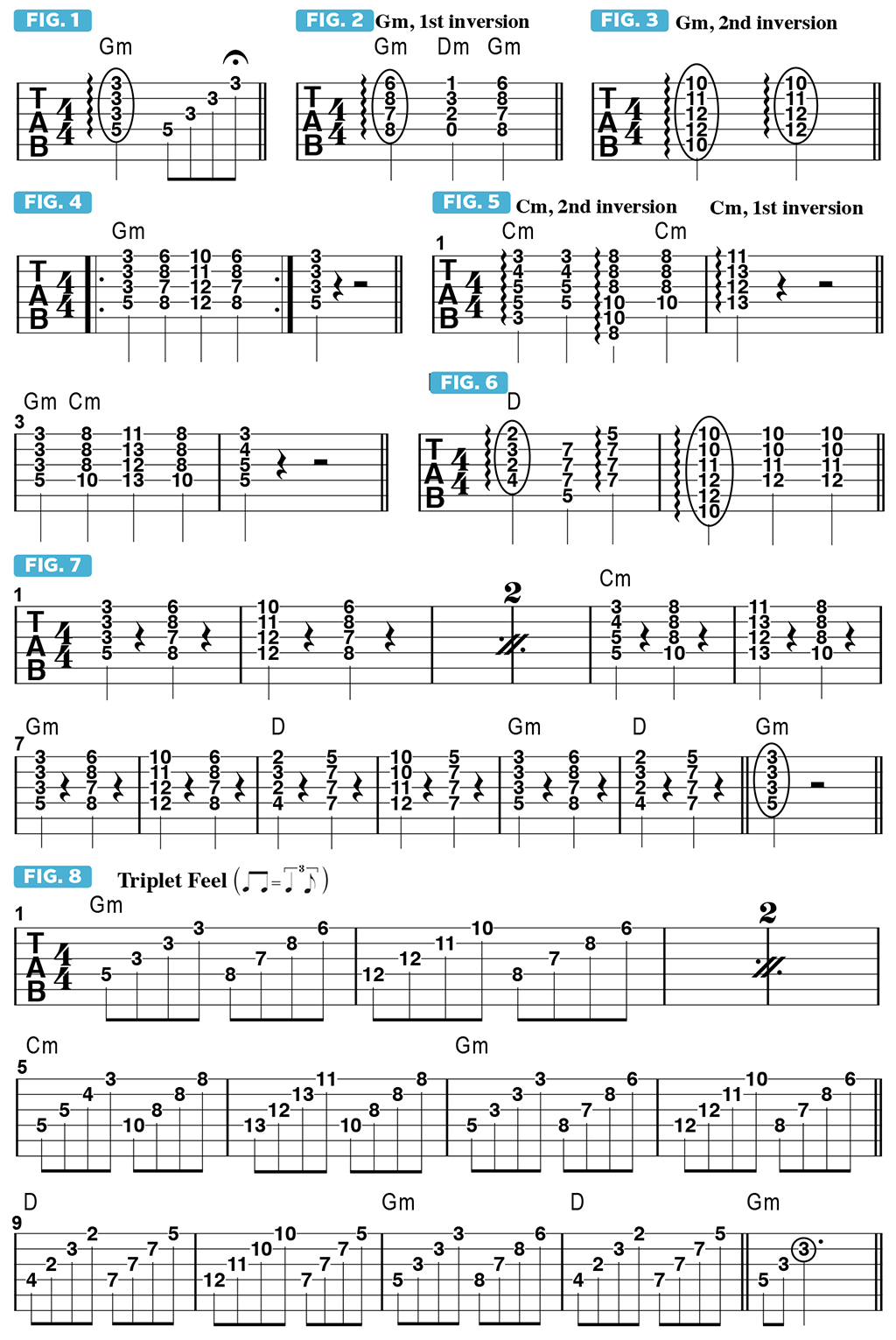Unleash your improvisational ability by utilizing basic chord shapes in your leads
Django Reinhardt disciple Stephane Wrembel shows you how to expand your musical vocabulary in this handy lesson
Improvisation is a state of mind, such as composition or interpretation, and it employs the very same musical materials, meaning there is not a set of chords, arpeggios or scales for composition and another for improvisation.
This is why, in some cases, musicians who are very proficient in classical music and are accustomed to performing only what is written on the page are less comfortable improvising something of their own design. It’s not that they do not possess the technique, harmonic understanding or rhythm necessary to improvise; it's more a matter of musical intent.
With improvisation, there are certainly foundational techniques and approaches that can and should be built up in layers. Improvisation is really based on the knowledge of harmony, which is the science of chords and the grammar of music, and rhythm.
There is no specific methodology for improvisation; it's a great mystery. Whether you're creating a melody for a composition or an improvisation, its genesis is a mystery and no one has the key. These things generate from the realm of instinct.
Improvisation requires quick response time, and so it is very helpful to work on simple material to aid in the development of one’s instincts, such as songs with simple progressions. Once you understand how the melody fits the harmony of the chords properly, you can begin to create melodies around the harmony.
Let’s begin by reducing full chords to small shapes located on the top four strings only. FIGURE 1 illustrates a Gm triad played in 3rd position. In FIGURE 2, I move up to the next voicing of Gm, known as first inversion, which has the 3rd, specifically the b3 (the minor, or flatted 3rd), Bb, as the lowest note, or in the bass.
Notice that this shape is the same as that of a standard 1st position Dm chord. In FIGURE 3, we move up to what’s called a second-inversion voicing of Gm, played in 10th position, which has the 5th, D, as the lowest note. FIGURE 4 runs all of these voicings in a sequence.

If we apply the concept of a I - IV - V (one - four - five) blues progression to the key of G minor, the i chord (lowercase Roman numerals indicate minor chords) is Gm, the iv is Cm and the V (major) is D. FIGURES 5 and 6 offer the associated sets of inverted voicings for Cm and D.
Now let’s put these voicings to work with a 12-bar progression in G minor, as shown in FIGURE 7. In each bar, different chord voicings for Gm, Cm and D are played on beats one and three. In FIGURE 8, I switch to eighth-note arpeggiations of the voicings as played across the 12-bar blues progression.
Next time, we’ll explore ways to apply this concept and approach to solos.
Stéphane Wrembel is a world-renowned U.S.-based French guitarist whose work has appeared in several soundtracks, including Woody Allen's Midnight in Paris. He hosts the annual Django A Gogo festival and releases a new Django Experiment album every January. Django Experiment V is up next!
Get The Pick Newsletter
All the latest guitar news, interviews, lessons, reviews, deals and more, direct to your inbox!







![Joe Bonamassa [left] wears a deep blue suit and polka-dotted shirt and plays his green refin Strat; the late Irish blues legend Rory Gallagher [right] screams and inflicts some punishment on his heavily worn number one Stratocaster.](https://cdn.mos.cms.futurecdn.net/cw28h7UBcTVfTLs7p7eiLe.jpg)


